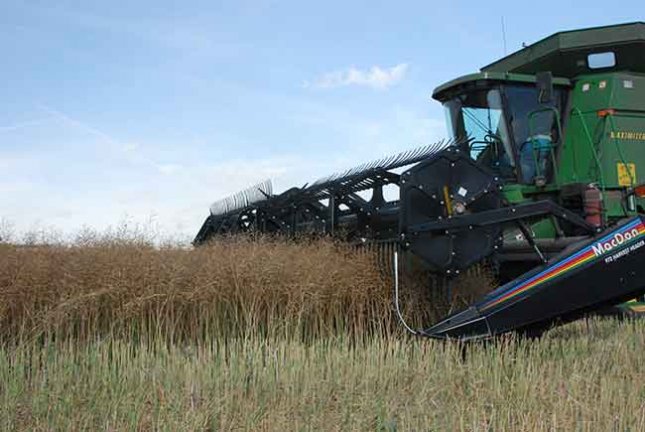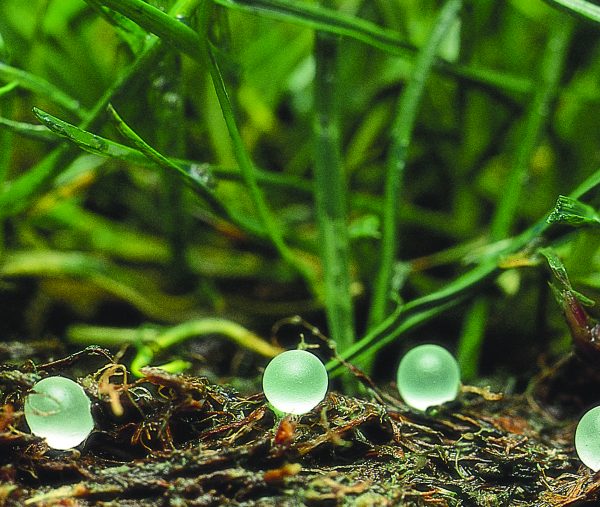September 21, 2017 | Kris Cherewyk

One of the more common practices amongst grain producers, is the use of cereal crops harvested in the fall for seed to be planted in the spring. A grower’s own grain to be used for seed is commonly known as bin-run. Despite the many benefits of using certified cereal seed purchased from registered seed growers, many producers use bin-run as a means of reducing costs in their operations. Even if the sample from the bin-run seed is graded well at the elevator, it is very important to have grain tested by a lab in order to properly determine quality, germination and vigor which are all critical elements in the success of a cereal crop.
Quality testing is used to determine the amount of disease that is on the seed. For example, fusarium graminearum spores can still be present even with no fusarium damaged kernels (FDK) in the sample. If the bin-run quality does not meet the minimum requirements, the seed should not be used for planting. Germination testing determines the …

July 19, 2017 | Kris Cherewyk
When it comes to harvest time, producers are always looking to increase both efficiency and yields. An increasing trend amongst canola growers in recent years has been the use of straight cutting technology to harvest their crops. New canola varieties with pod-shatter resistance, combined with improved technology in straight-cut headers has led to more acres …

June 15, 2017 | Kris Cherewyk
Farm Progress Show Story by Pat Beaujot, Pat.Beaujot@seedhawk.com. Innovator and exhibitor. It is fitting to share this story now as it was exactly 25 years ago this spring that we built the very first Seed Hawk on our farm in Langbank, SK and seeded our thousand-acre farm with it. After a few in-field modifications the …

April 24, 2017 | Ray Dowbenko
Seed Hawk Seed Drill System in the field Seeding can be a challenging process and is only amplified when simultaneous fertilizer application is involved. Too wet or too dry conditions – not uncommon in the northern tier states and western Canada – provide challenges for seeding with fertilizer. Combining the right equipment with the right nitrogen …

April 19, 2017 | Chris Churko
Seed Strategy The ultimate goal of crop production is to get the highest yield possible while preserving the best grade attainable. Producers deploy fertility programs, chemical strategies, and other technology and management decisions to achieve this. However, when it comes to maximizing the genetic yield potential of a crop; or the highest attainable yield in …




